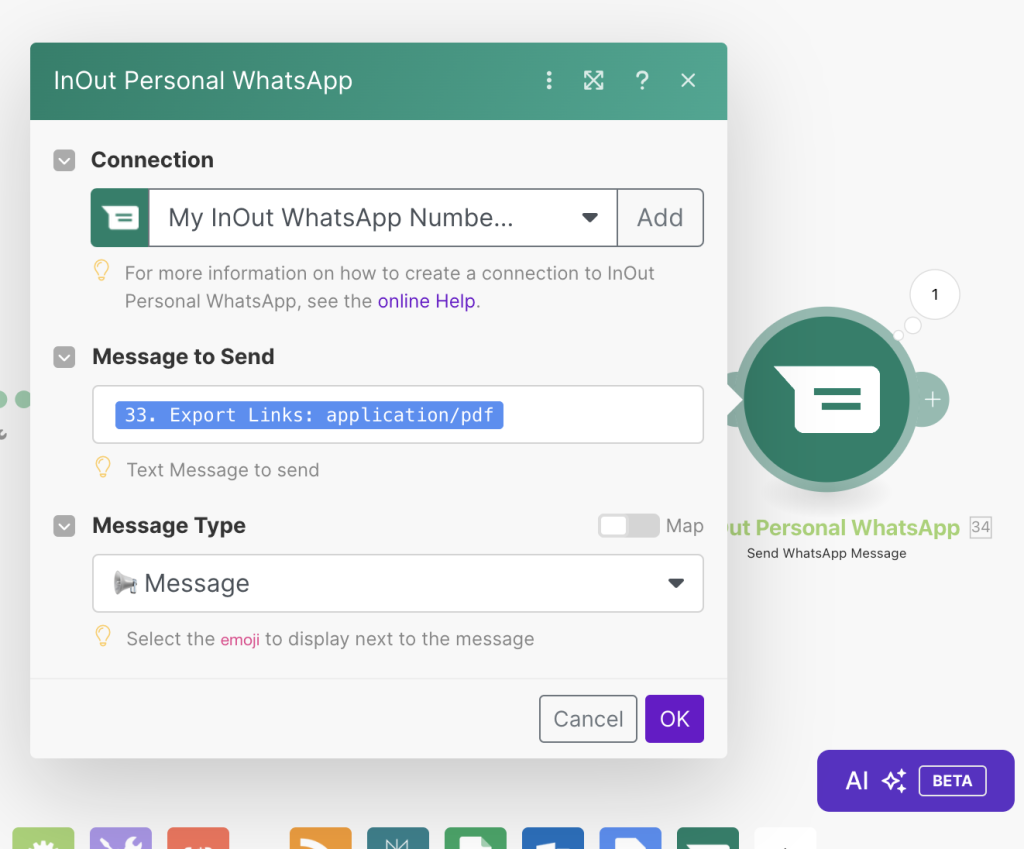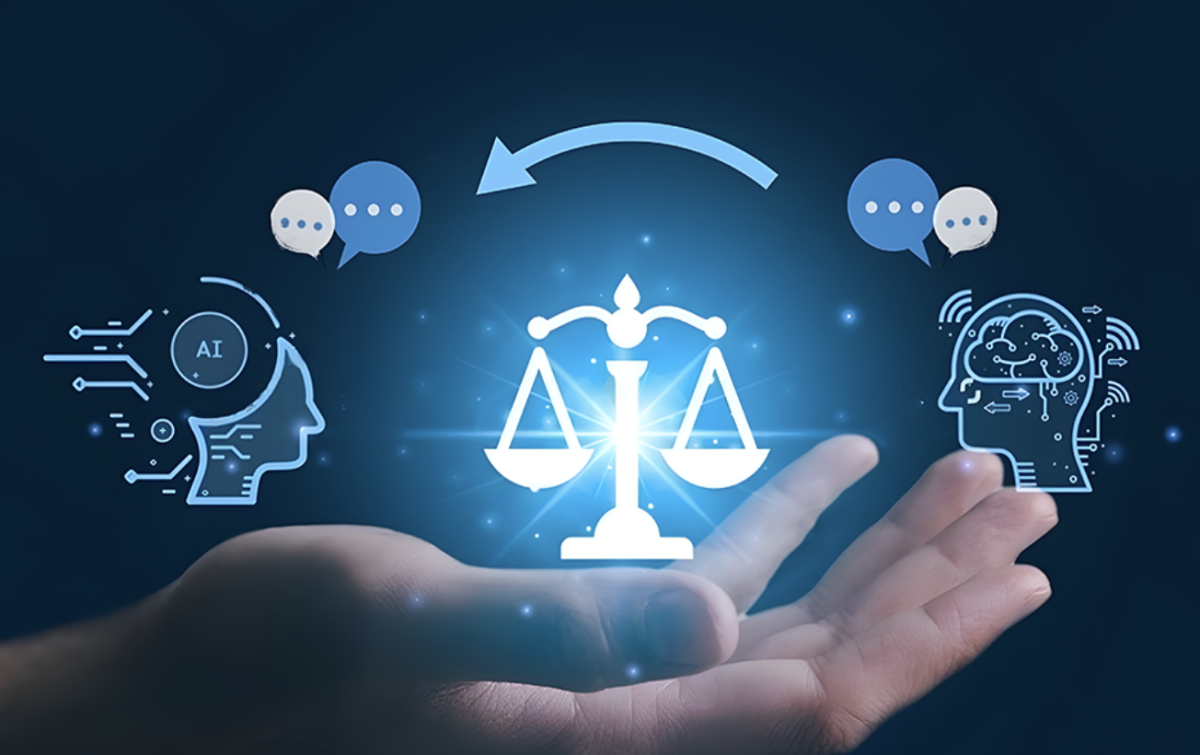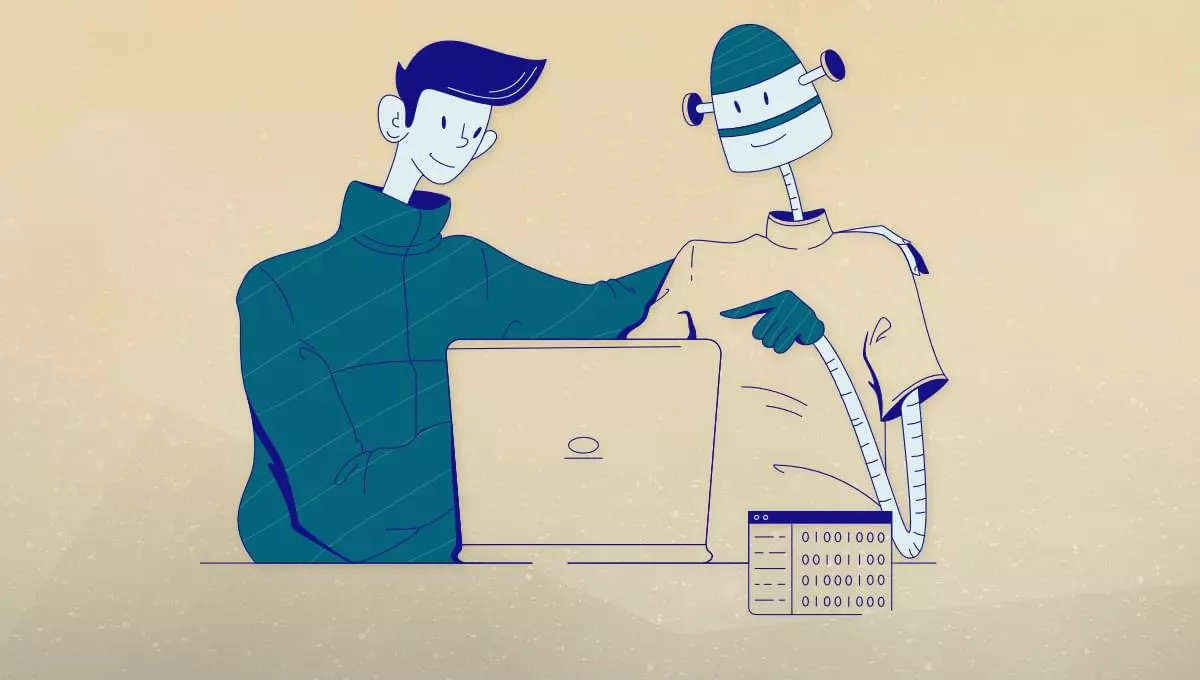I am fascinated by how technologies can be strategized to drive impact, efficiency and effectiveness in business models. I think this is also my primary reason for studying Business Information Management. In my bachelor studies and work, I learned about Robotic Process Automation (RPA) which allows businesses to automate boring and repetitive processes using robots. With RPA, employees can shift their focus more to value-creating tasks, contributing to greater overall operational efficiency. I think that RPA is a great first step in automating a firm’s business processes. However, rather sooner than later, RPA’s need for a structured data input, limited decision-making power, and inability to perform complex tasks become barriers to digital innovation in a somewhat data-mature organization. Robots need to become smarter to fulfil complex business needs.
Intelligent Automation (IA) is the solution where those barriers are mitigated. It intertwines RPA with (various branches of) AI, allowing businesses to automate more complex decision-making. IA can handle unstructured data, provide a personalized experience and leverage the power of both AI and RPA.
In preparation for this article, I built an IA process using the online automation software make.com and an API connection with GenAI Perplexity. I wanted to find out how easily these technologies can be used in a simple context, to kickstart your imagination in what IA can do in complex business contexts. This is what I built in little than 2 hours, with no prior experience with make.com, and a few Youtube-videos:
The project
I consider myself a politics junkie and I want to stay up to date with the news on Dutch politics. However, with studying, working and hanging out with friends, I am likely to miss some news, or I do not find the time to read everything in detail. To solve my problem, I decided to build a system that does the following:
- collects new political news articles on NOS.nl (a Dutch media site);
- summarizes the article using GenAI in a maximum of 100 words;
- saves the summarized article and relevant links in a Google sheets database’;
- creates a new Google Docs in the database;
- send the PDF version of the Google Docs to me via WhatsApp.
The building process went smoothly, in 2 hours I had a working minimum viable product that worked consistently. Make.com has a great intuitive interface that is easy to use, and no coding is required. It is all plug-and-play which is awesome for rapid prototyping. Also, I only used the free version of make.com, Perplexity and InOut personal WhatsApp for this project. For the API connection between make.com and Perplexity, I had to purchase $5 worth of tokens (I think I only used 5 cents).
Formulating the prompt of Perplexity was the most challenging task. Using trial and error, I got to the following prompt that satisfied the needs of my minimum viable product.
I added a few pictures to give you more insight into how the system works.




Prompt:
You are an AI assistant asked to summarize this article for a political enthusiast. The reader is 23 years old and is currently in university, he is politically interested. This is the url: {{4.url}}
Please format your response as follows:
- Write everything in Dutch
- Write the article header ({{4.title}}) and add the publishing date like this (DD-MM-JJJJ)
- Provide a summary of a maximum 100 words
- Include a link to the article at the end in the format= ‘Link: {{4.url}}’
The total format is:
{{4.title}} (DD-MM-JJJJ)
Summary
Link: {{4.url}}
Do not include any instructions or introductory text in your output. Begin directly with the day and date, followed by the summary. Ensure your summary is concise, accurate, and captures the key points of the article.
Final thoughts
Although my project is not as comprehensive or complex as true business applications of where GenAI is intertwined with Robotic Process Automation, I think it still provides us great food for thought for the -seemingly- limitless opportunities of the combination of GenAI and RPA. Even in this short workflow, its ability to process unstructured data, perform complex decision-making (where to focus on in summarizing), and personally tailor the summary to my wishes is something that elevates the RPA technology. In an organization with good management of data, RPA could accelerate and elevate GenAI’s value-creating functions.













